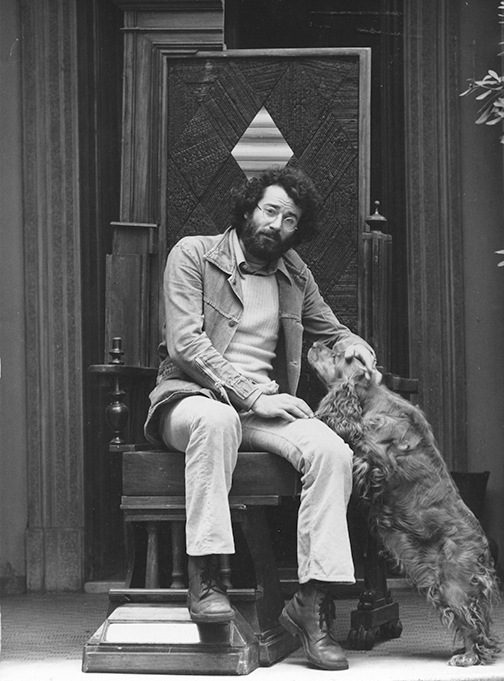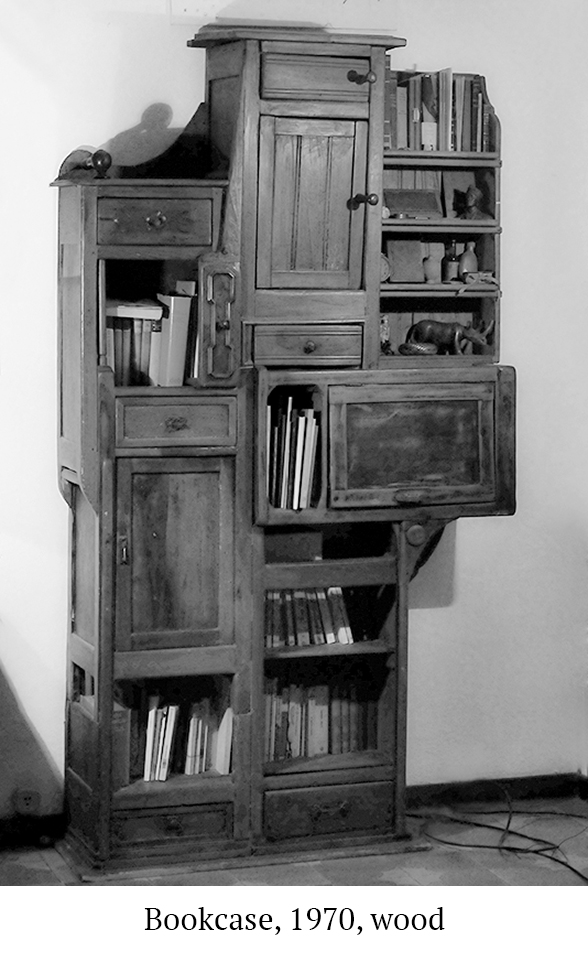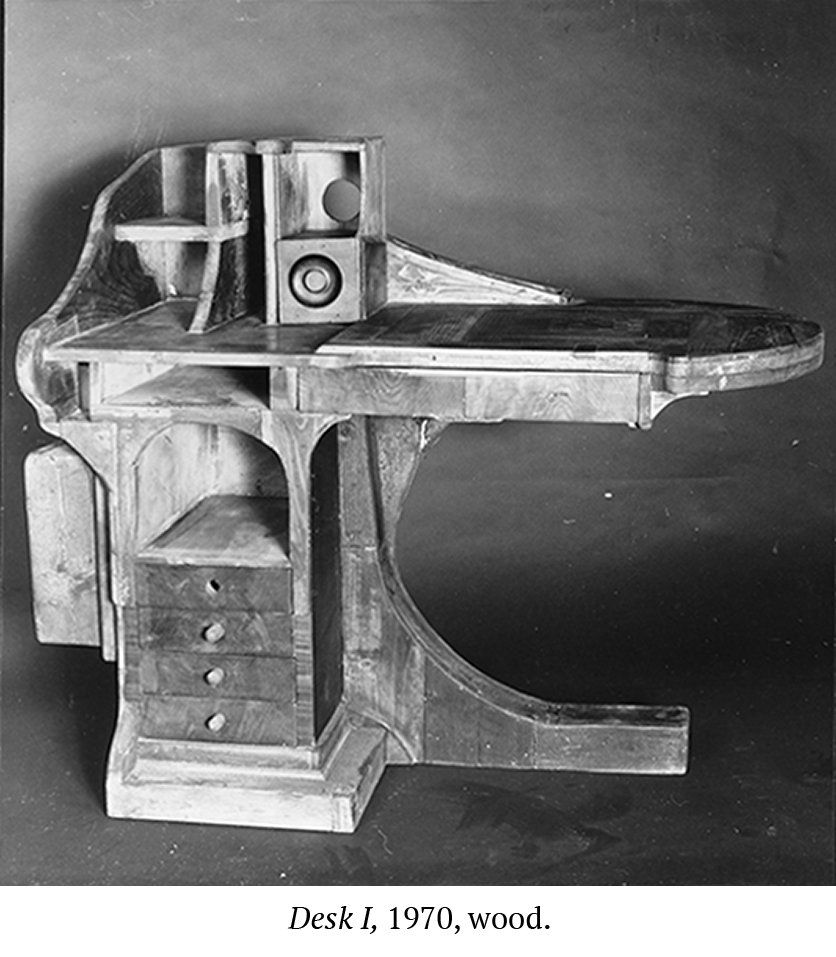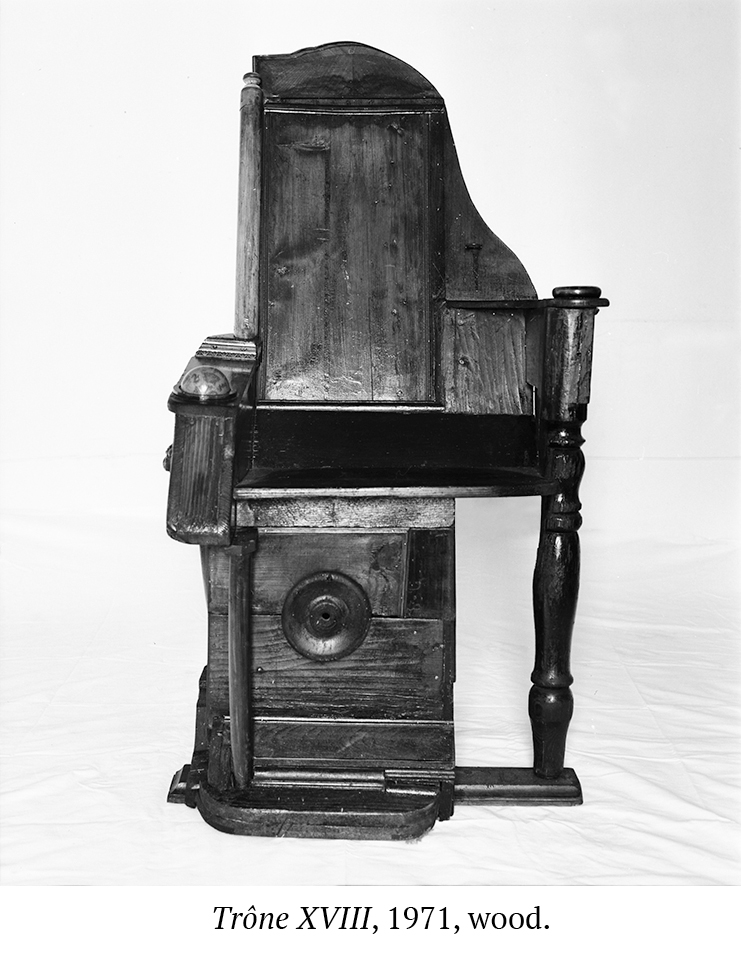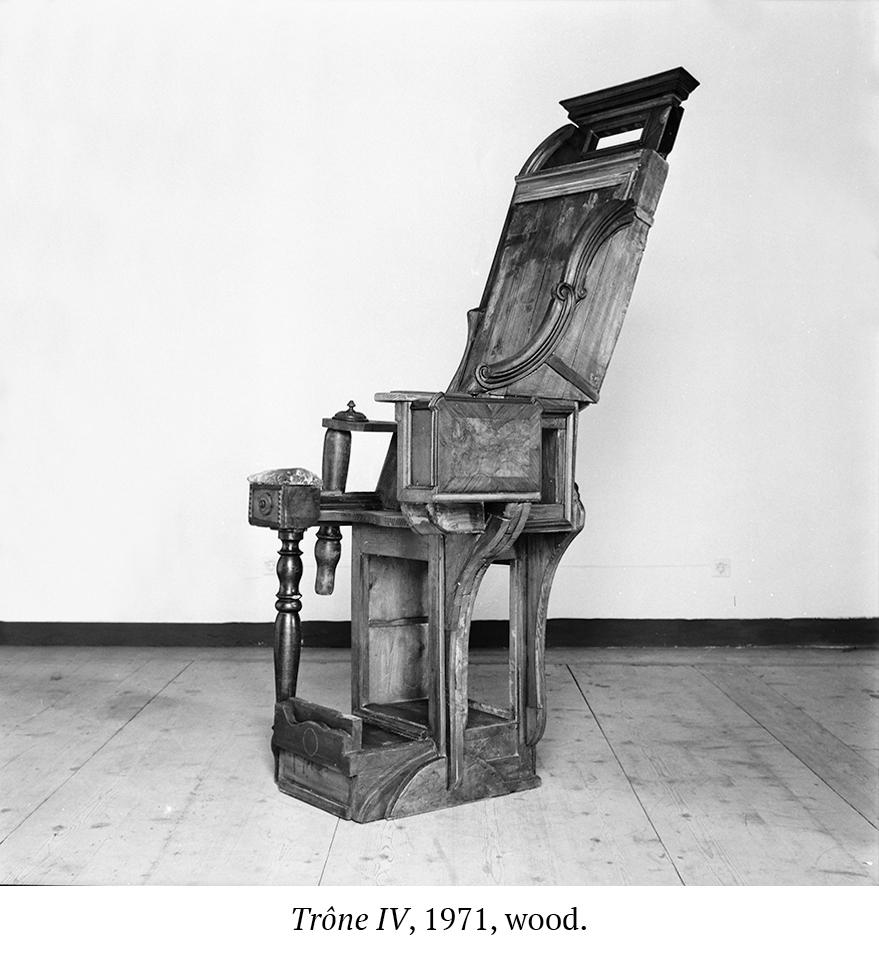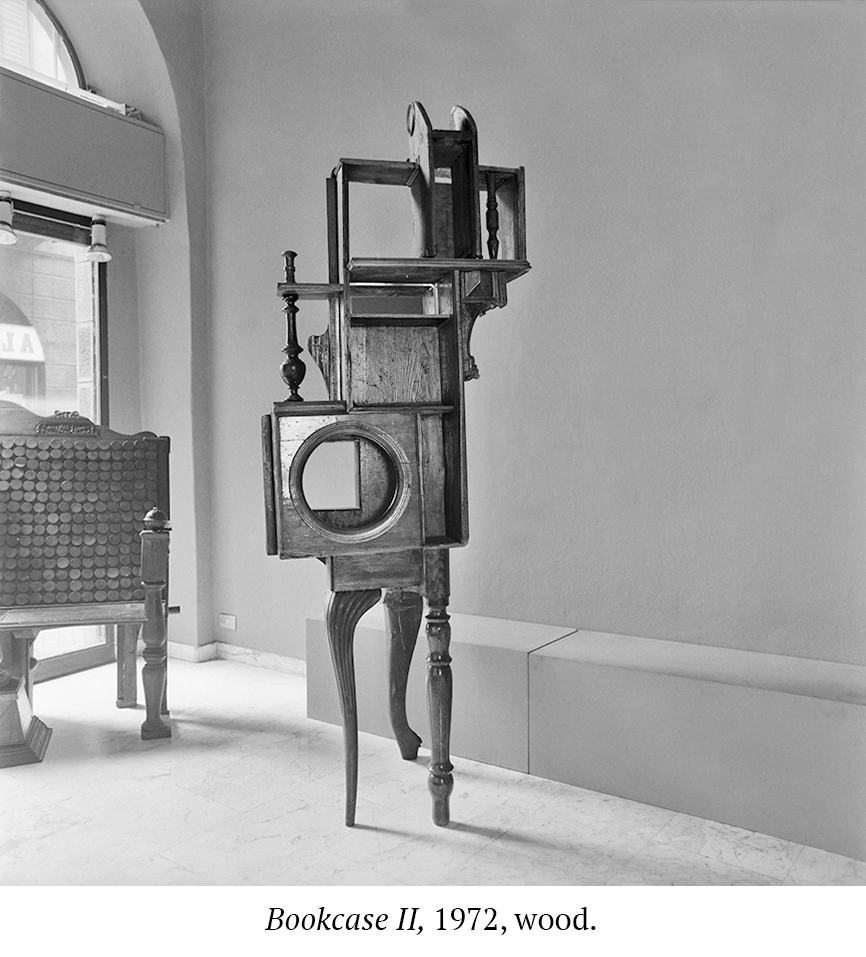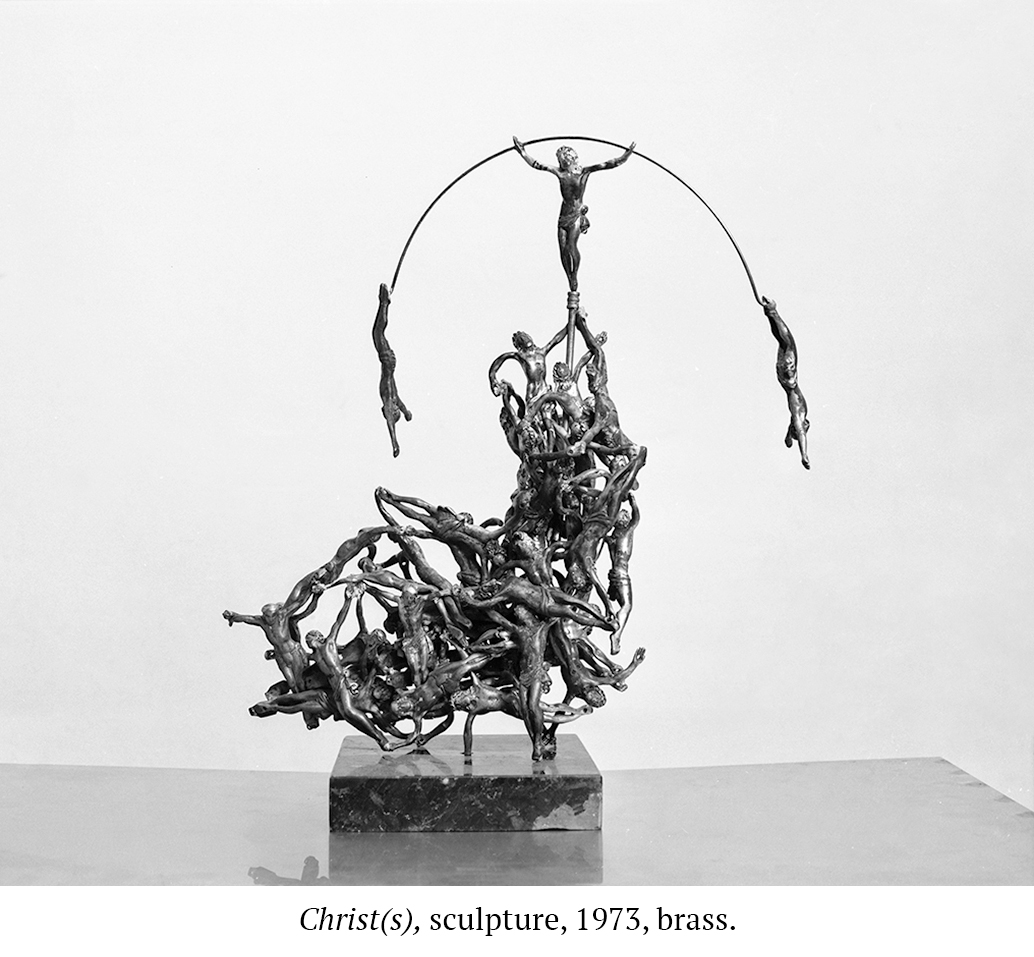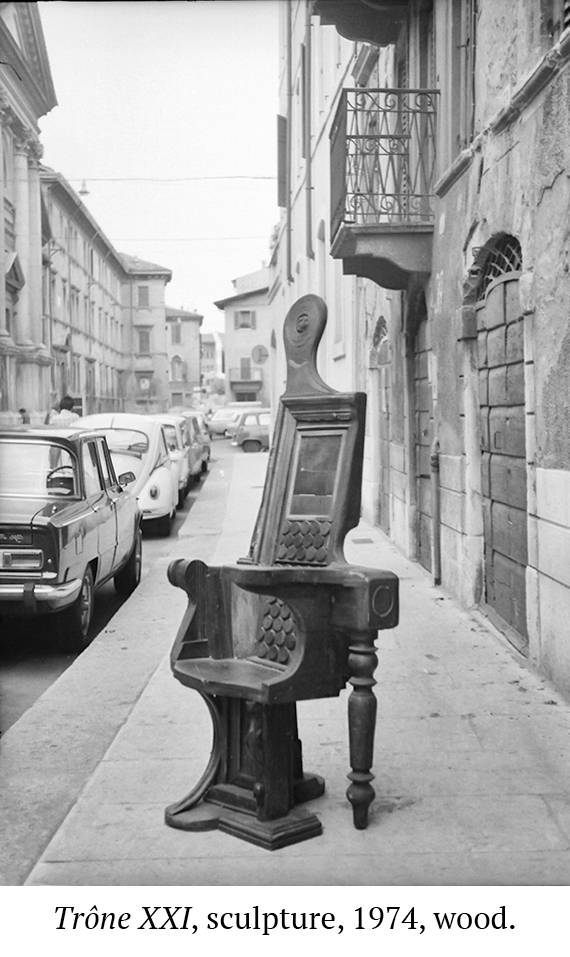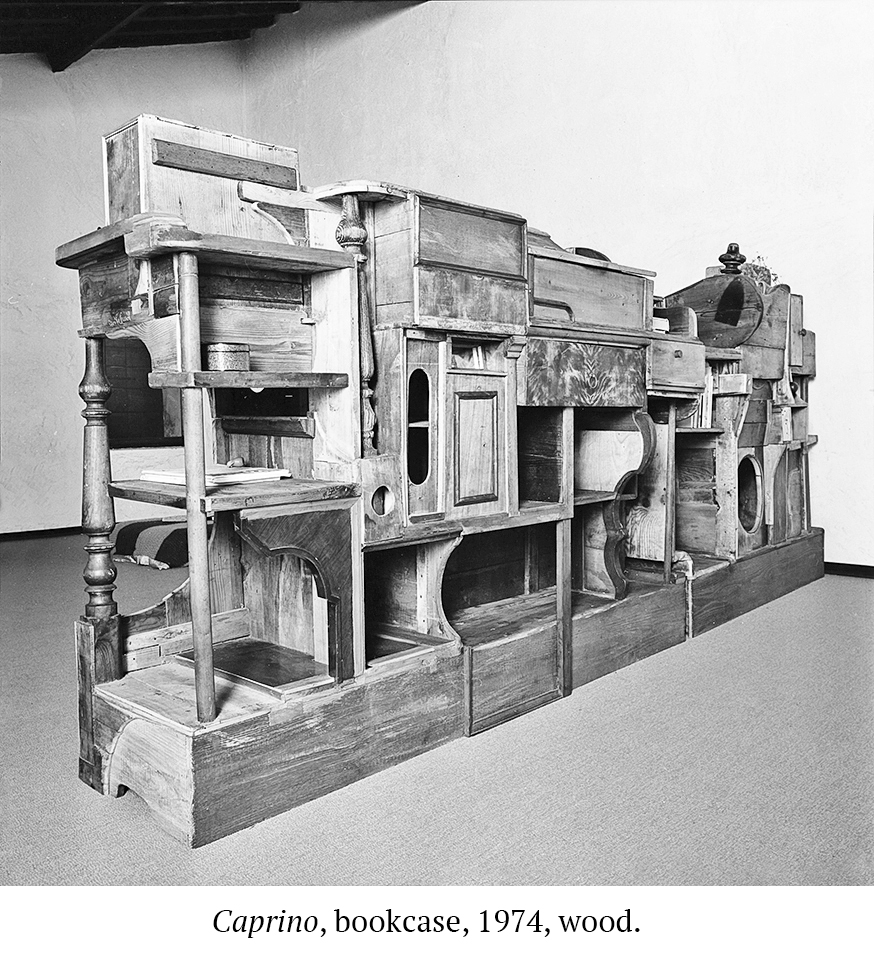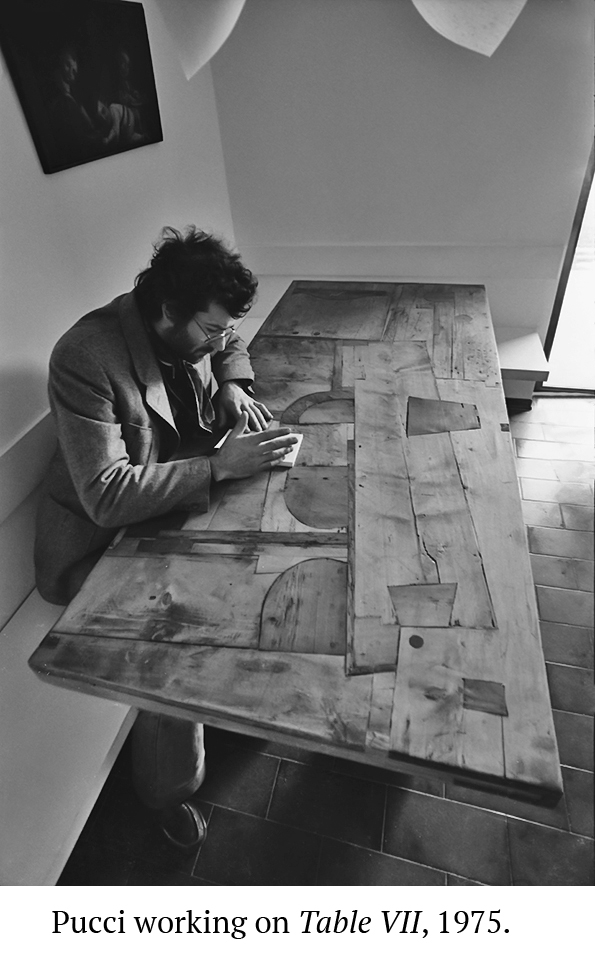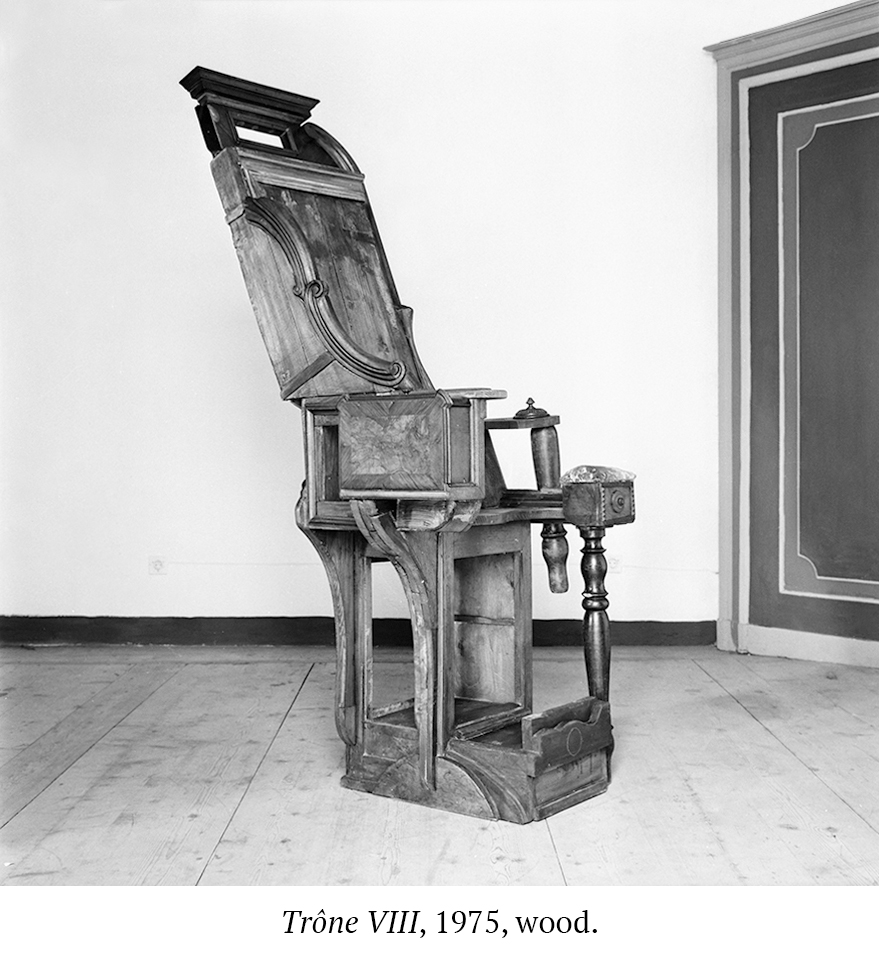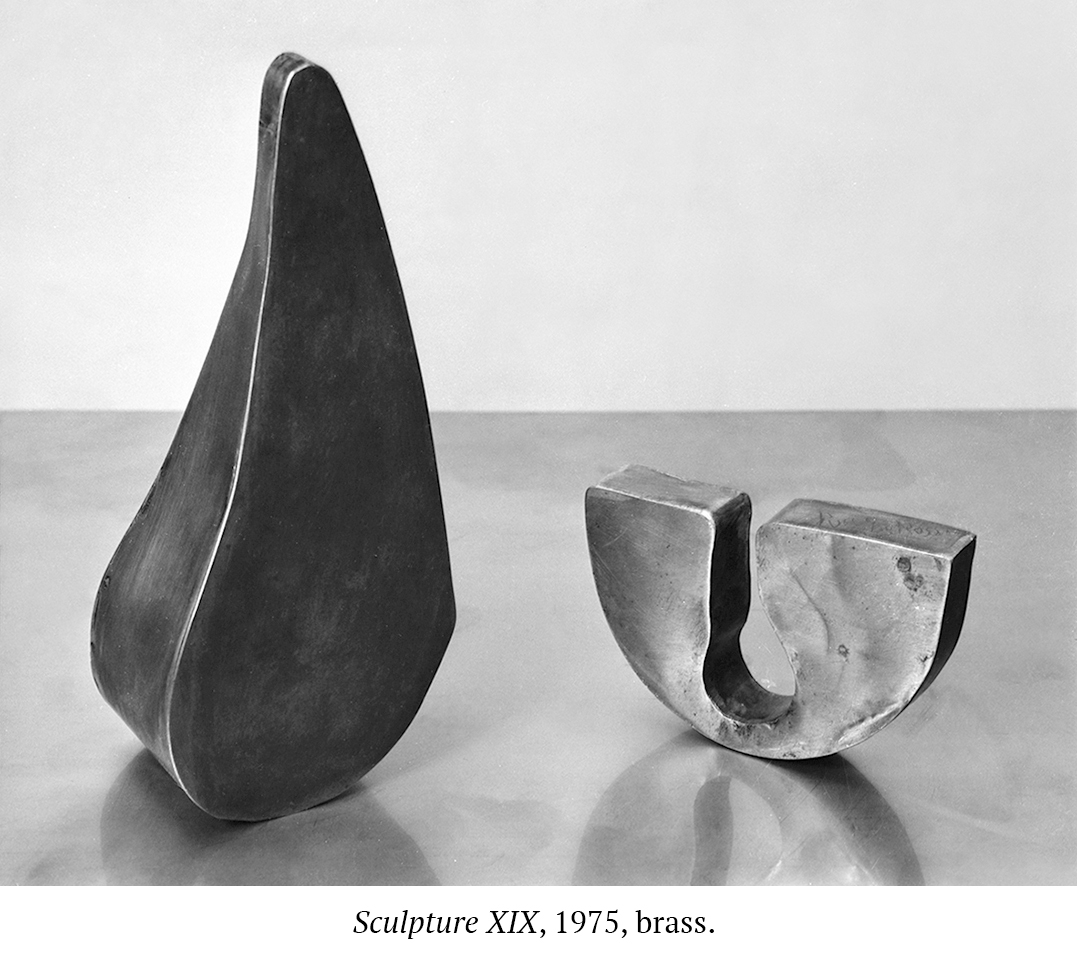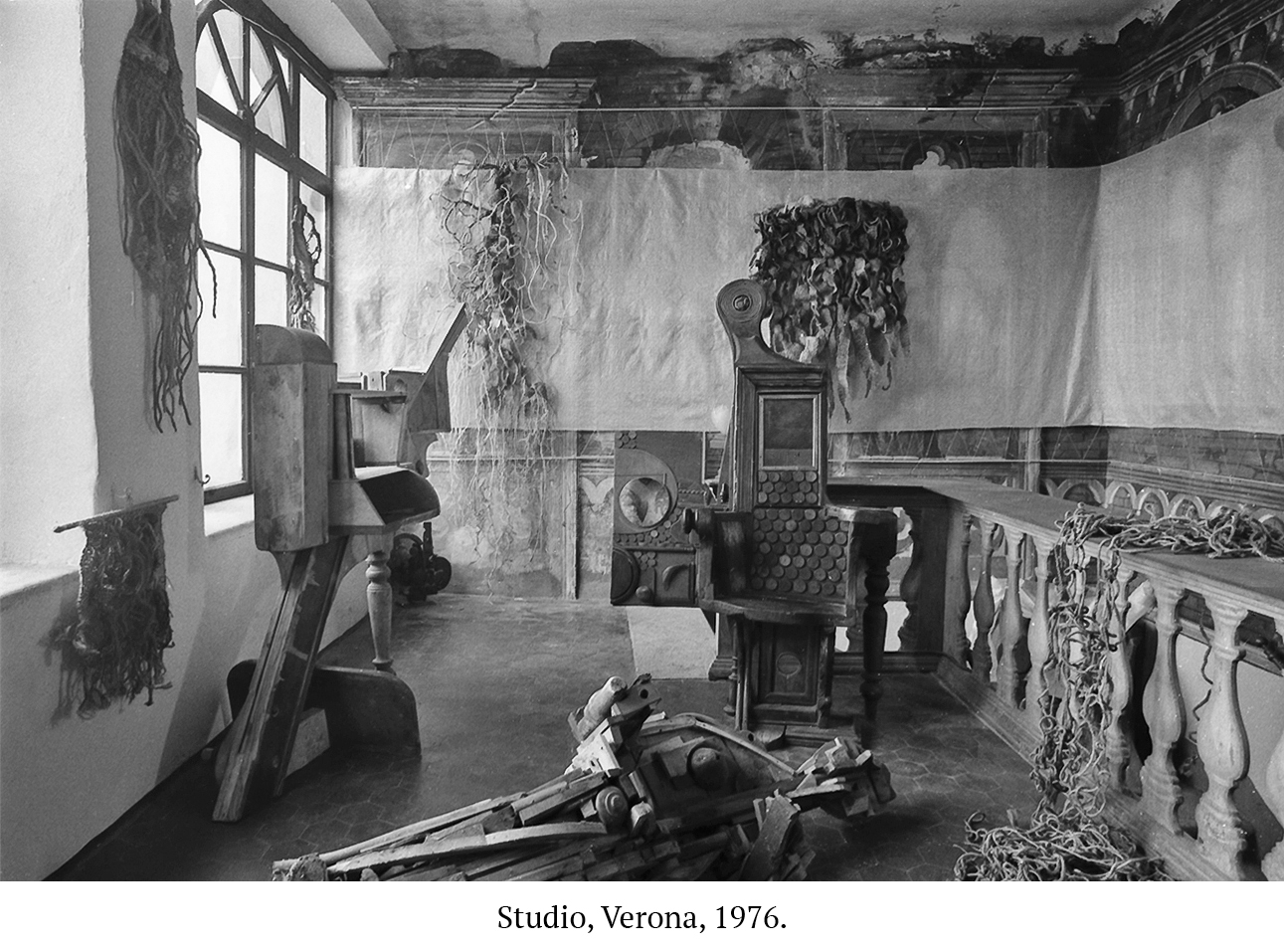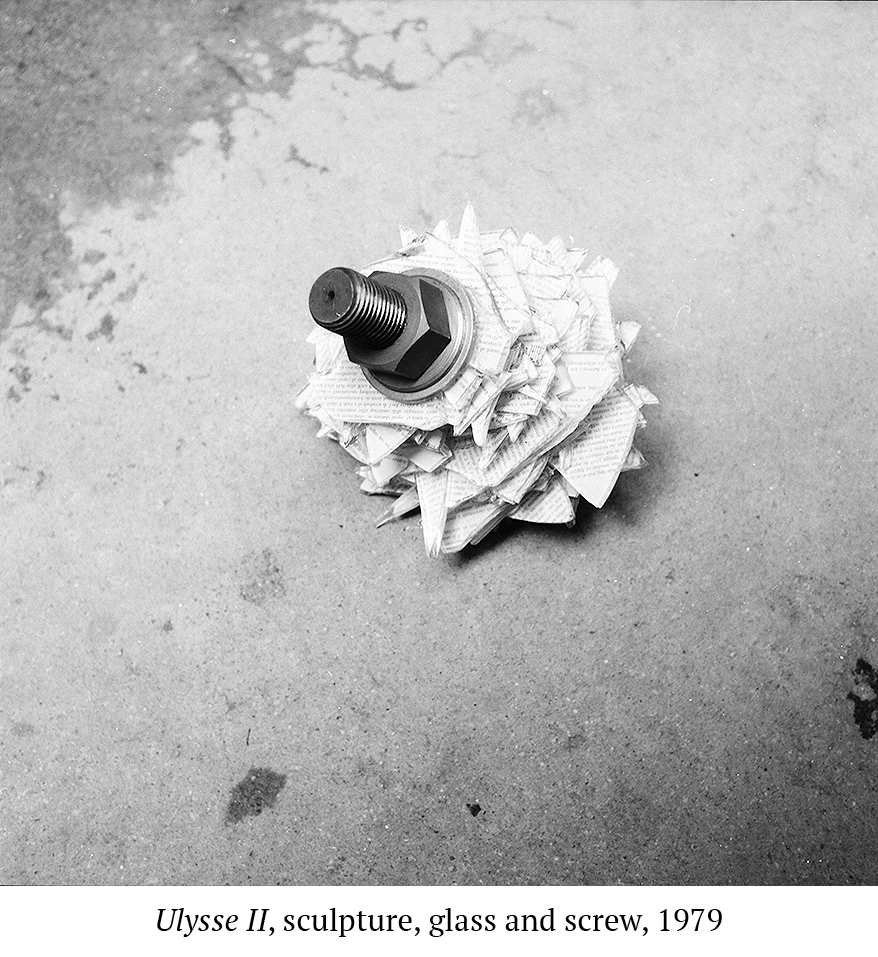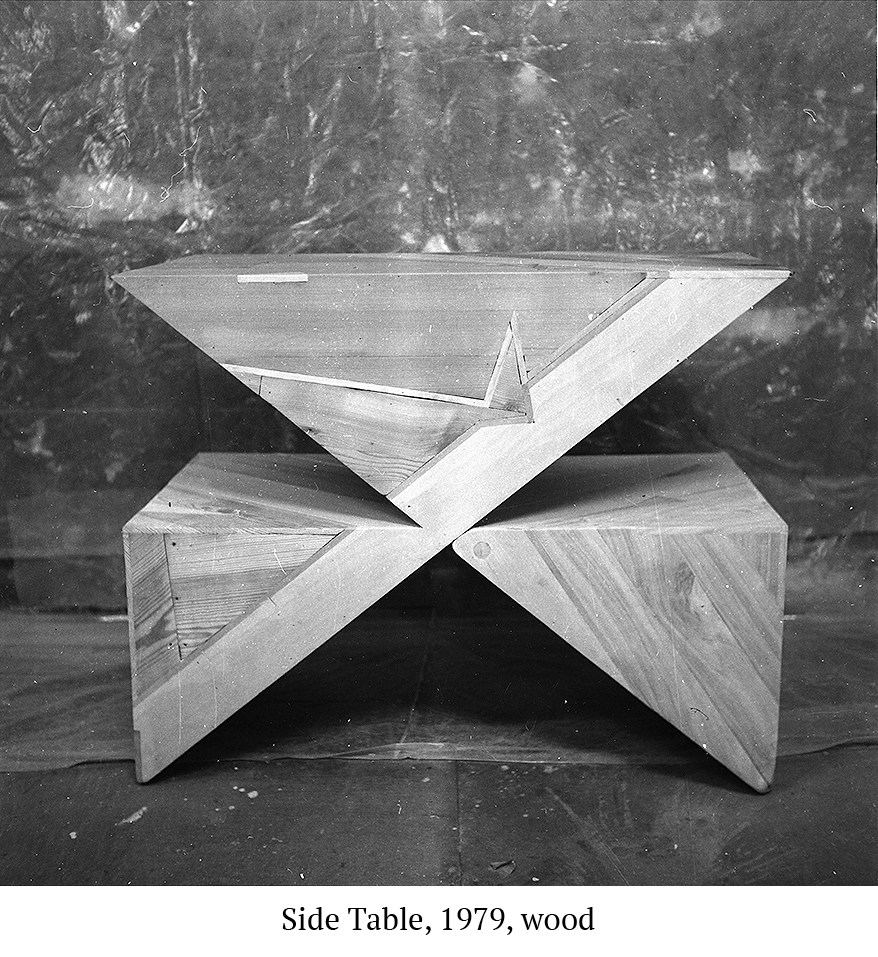![]()
The House in Verona
When he moved into an old house in Verona in 1971, Pucci de Rossi visited flea markets in order to furnish it. But rather than merely fixing the broken furniture he found, Pucci dismembered the pieces and rebuilt them. “I could have, for instance, changed the missing leg, but what I liked was to pick up artisanal work and give all those fragments a second life. All the elements that I used were already “used”, I wanted to give that “use” a meaning, and make sure my creations kept a function.” Without knowing it, he was laying the foundations of his first artistic approach, a work on memory, mixing forms and functions, art and furniture. Pucci took advantage of the randomness of the juxtaposed elements, developing a curve, improving a line. He magnified the vernacular and gave birth to a designer's dream: “sculptures to live with”.
La maison de Vérone
Lorsqu’il s’installe dans une maison ancienne de Vérone en 1971, Pucci de Rossi fait le tour des brocanteurs pour l’aménager. Mais, plutôt que de restaurer les meubles, Pucci va les démembrer et les reconstruire. “J’aurais pu changer par exemple le pied qui manquait, mais ce qui me plaisait c’était de récupérer un travail artisanal et de donner une deuxième vie à tous ces fragments. Tous les éléments que j’utilisais étaient déjà “usés”, je voulais donner à cet “usage” toute sa signification, et conserver à mes créations une fonction.” Sans le savoir, il posait là les bases de sa première démarche artistique, un travail sur la mémoire, mêlant formes et fonctions, art et mobilier. Exploitant les accidents des éléments juxtaposés, développant un galbe, améliorant une ligne, Pucci de Rossi magnifie le vernaculaire et donne naissance à un rêve de designer: la “sculpture à vivre”.
